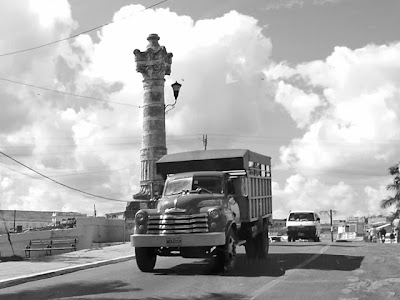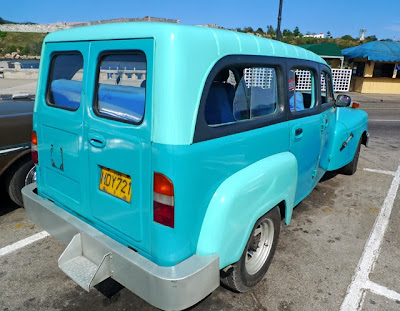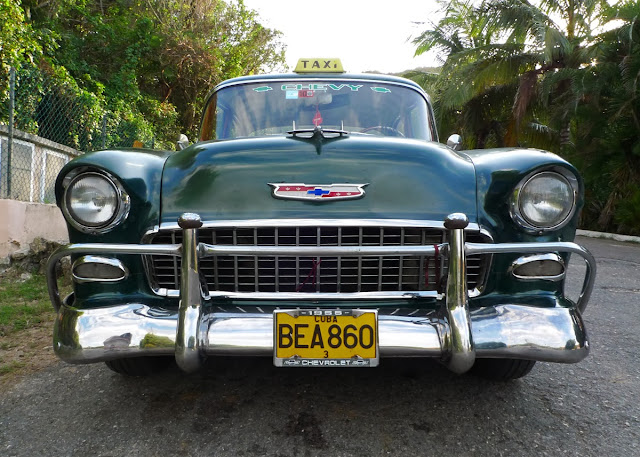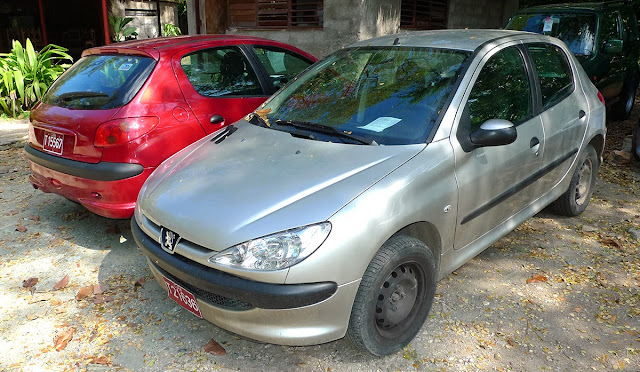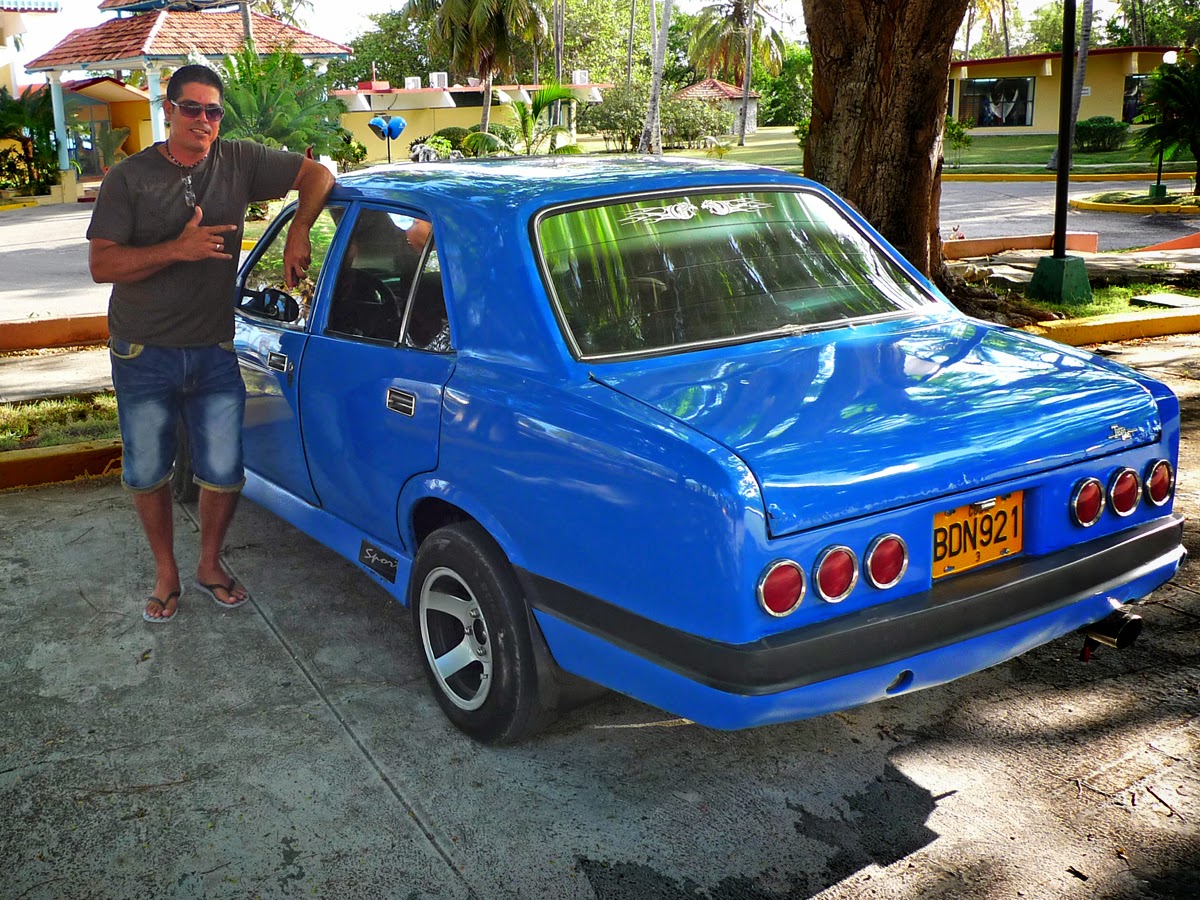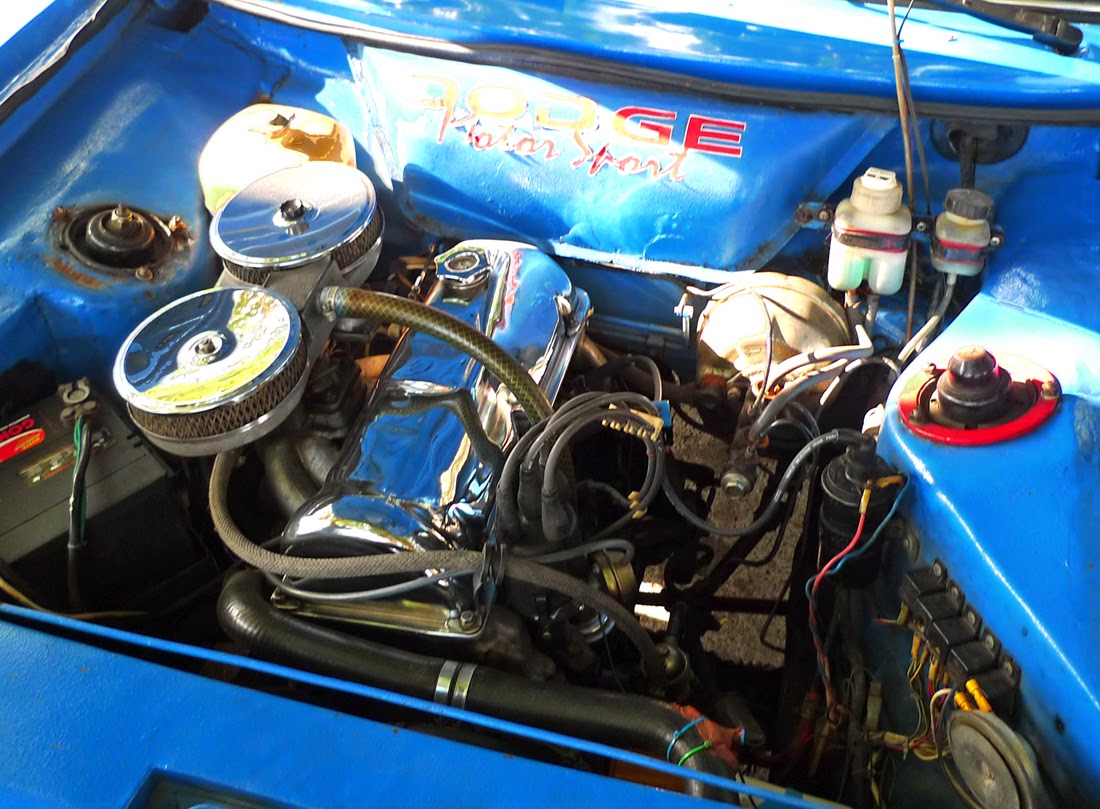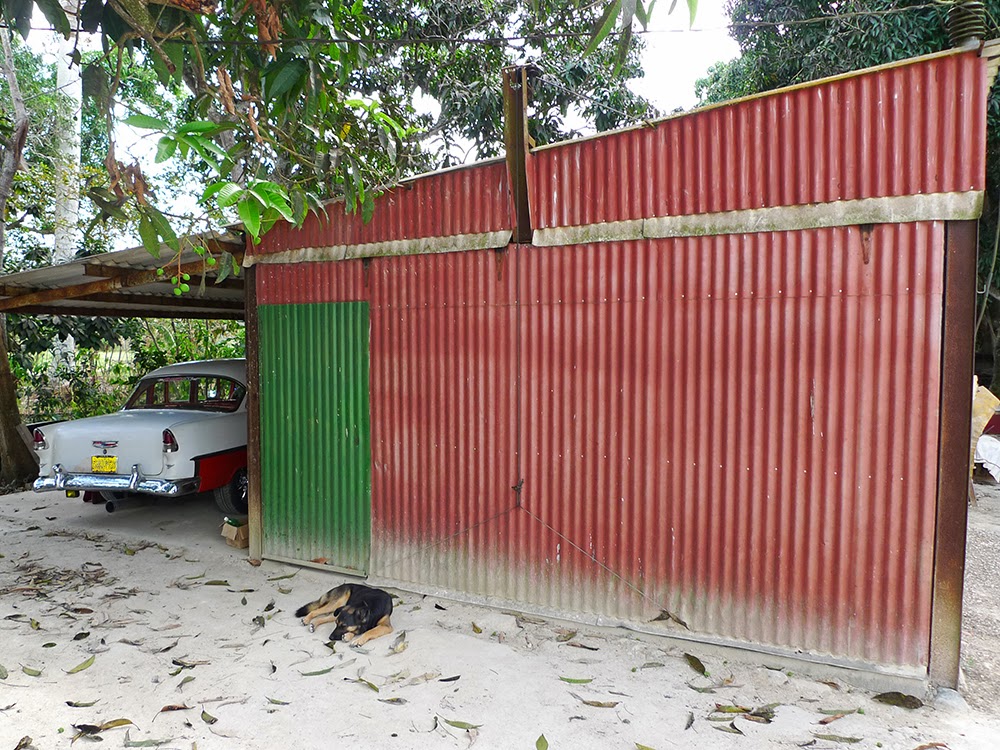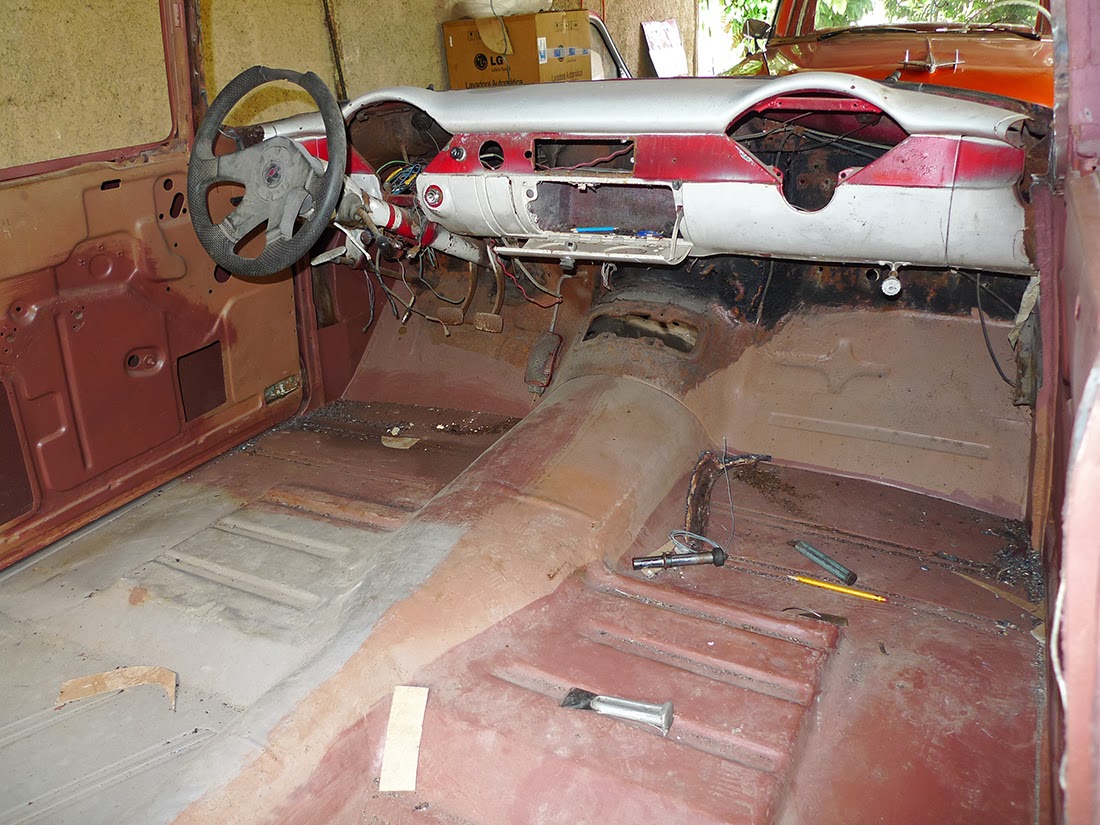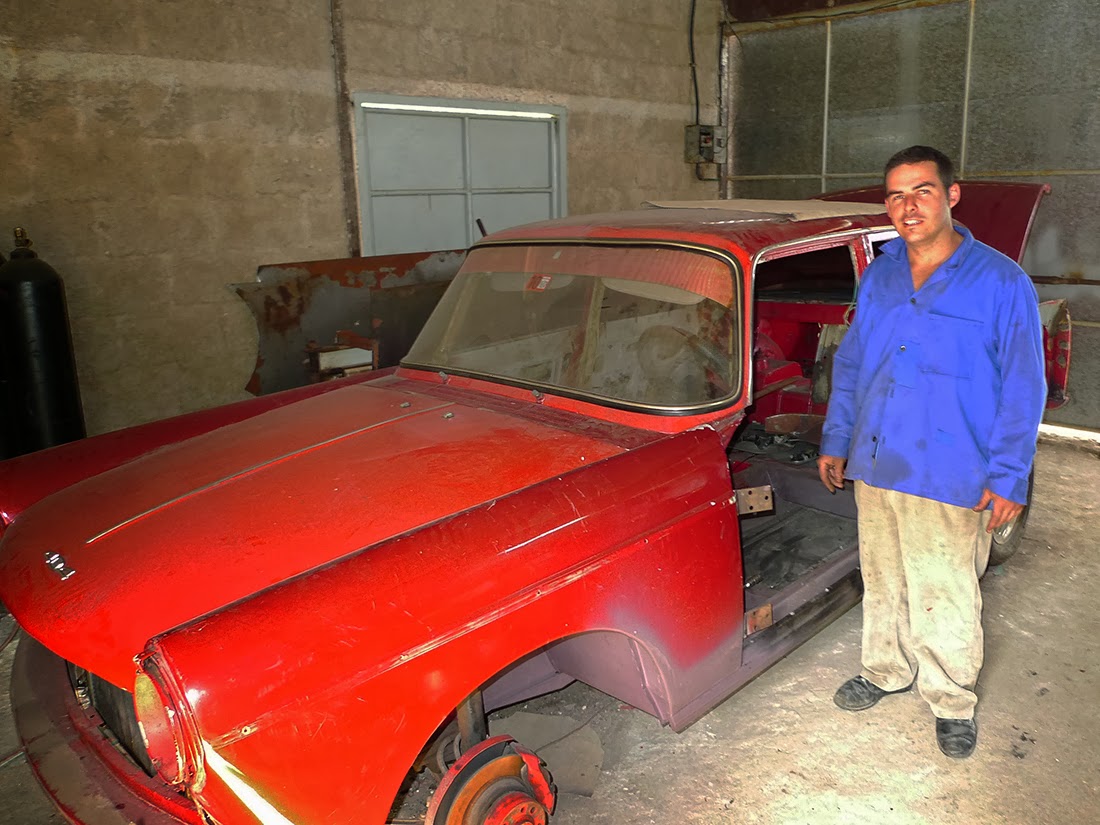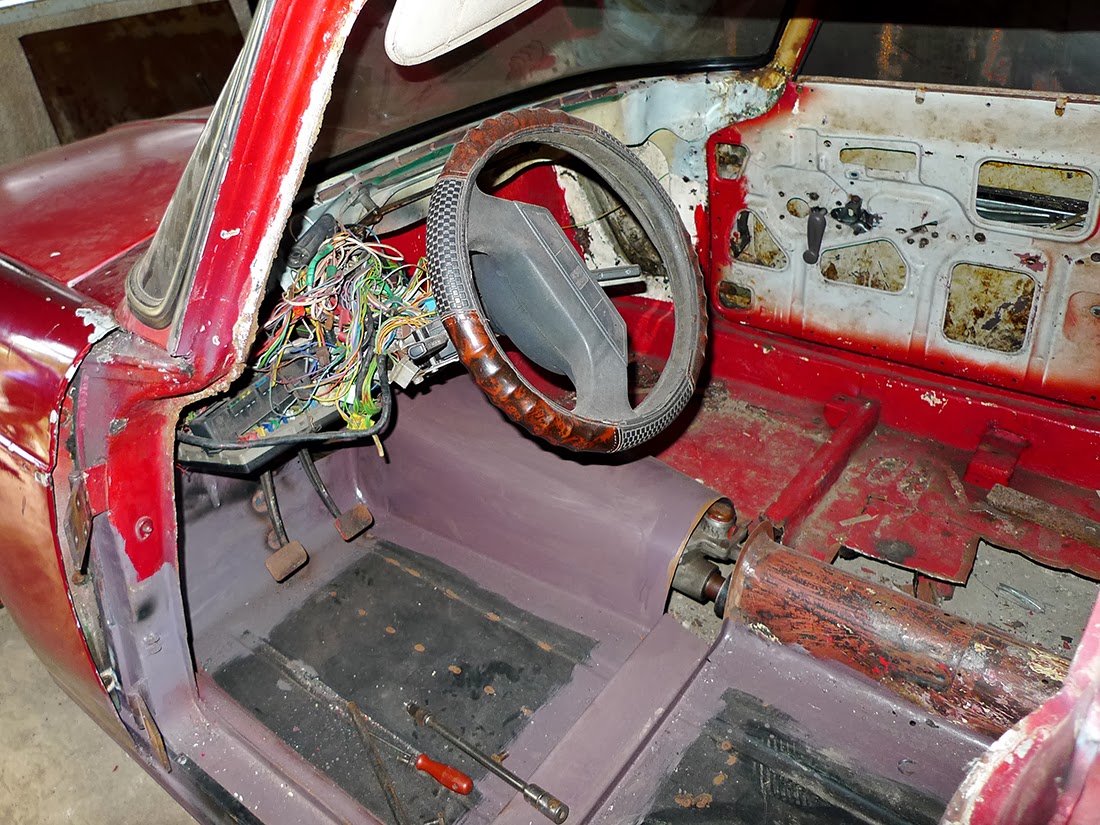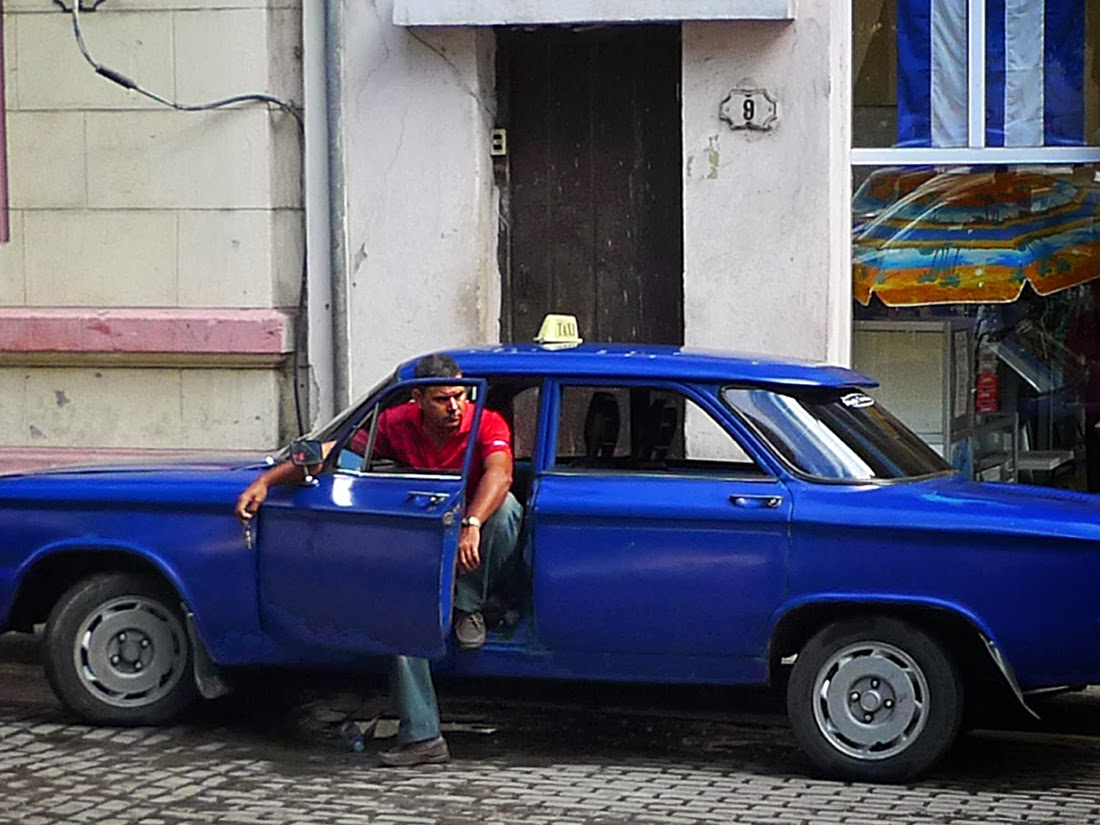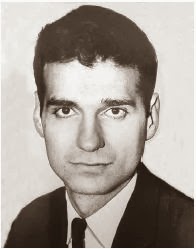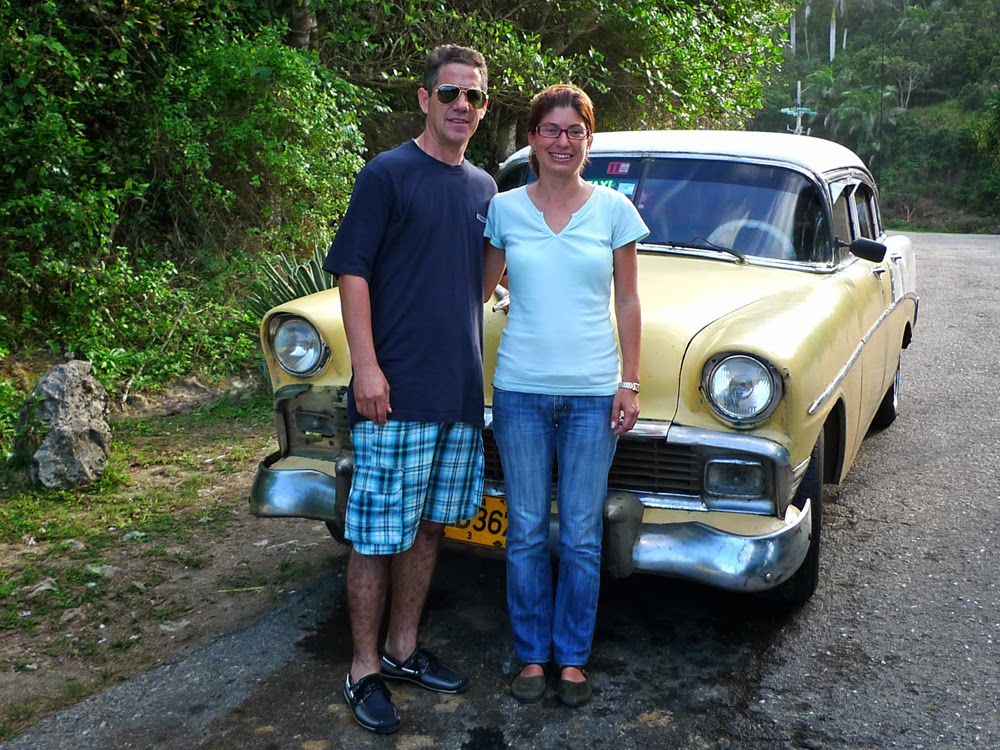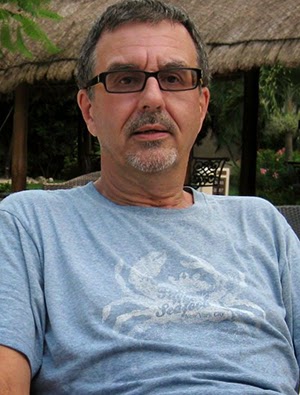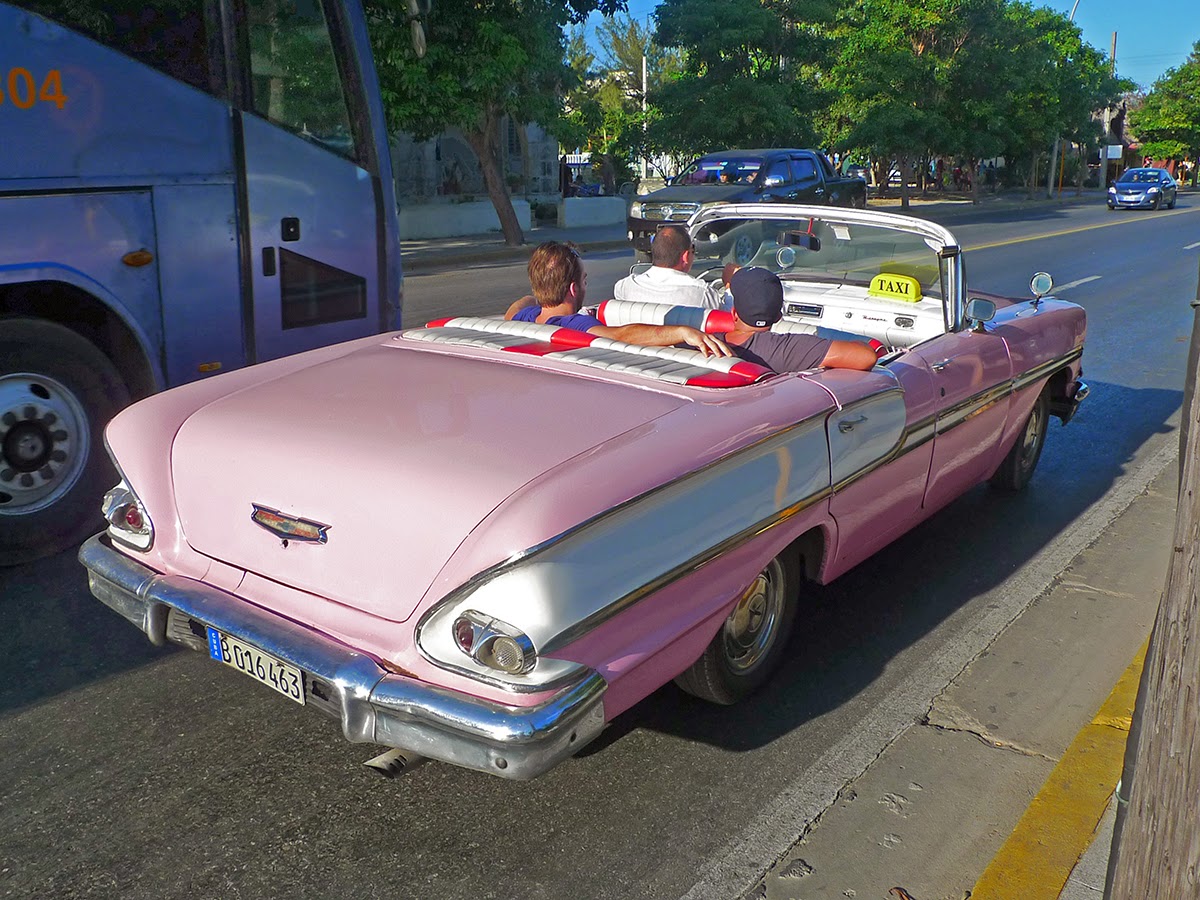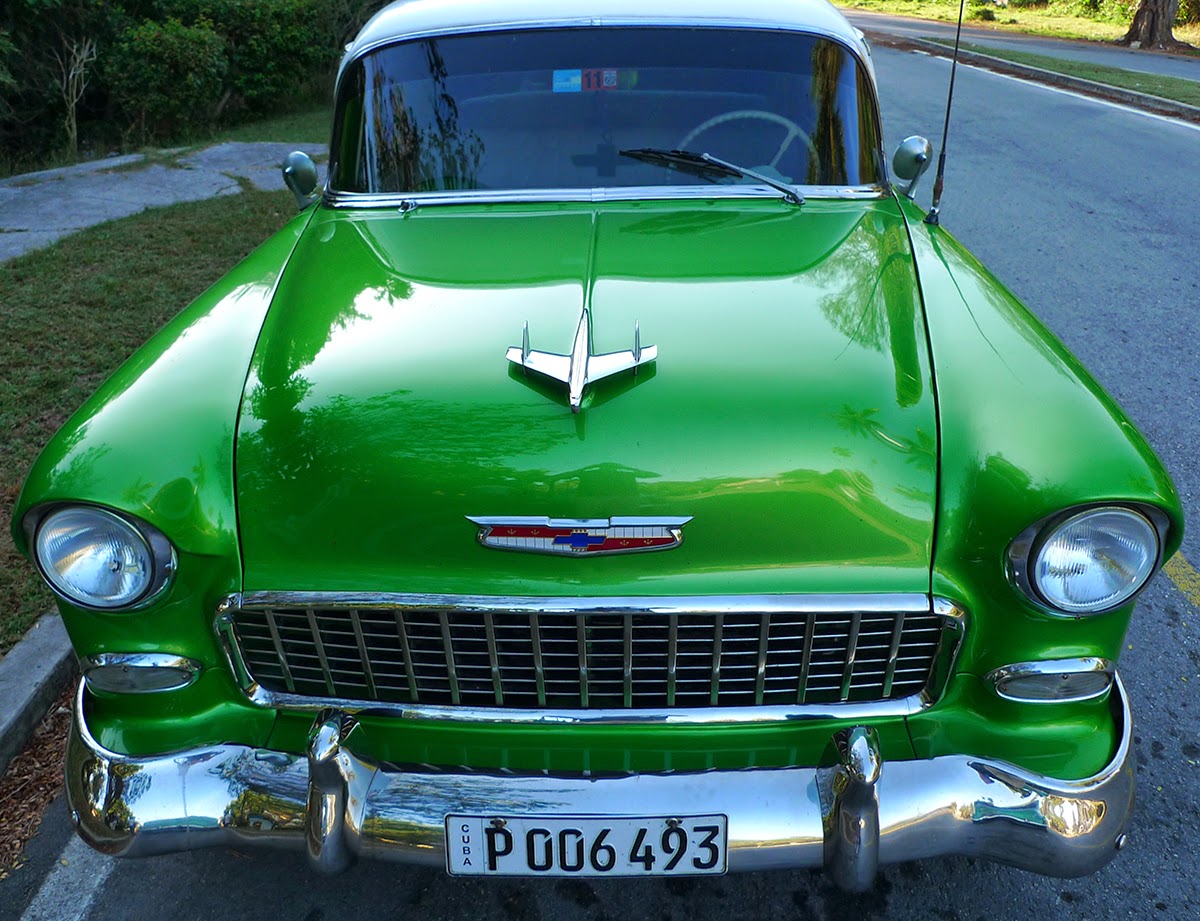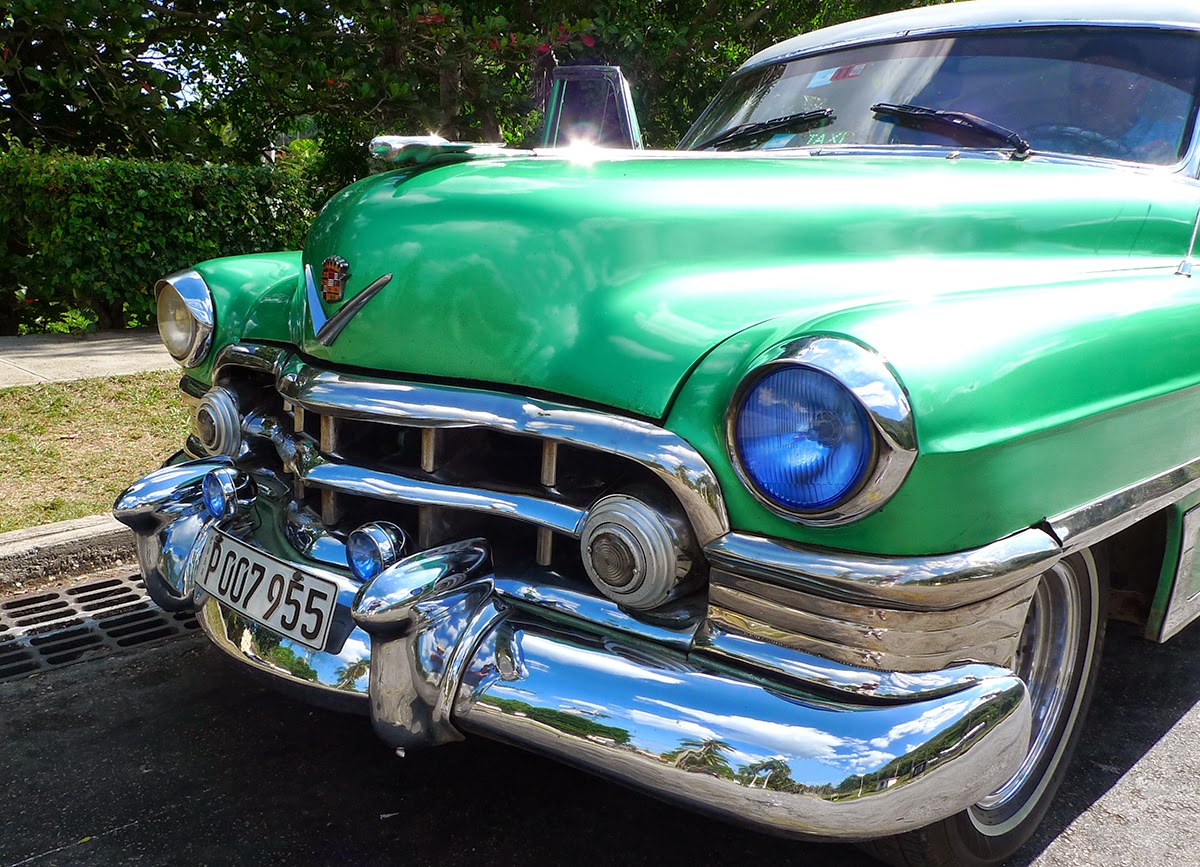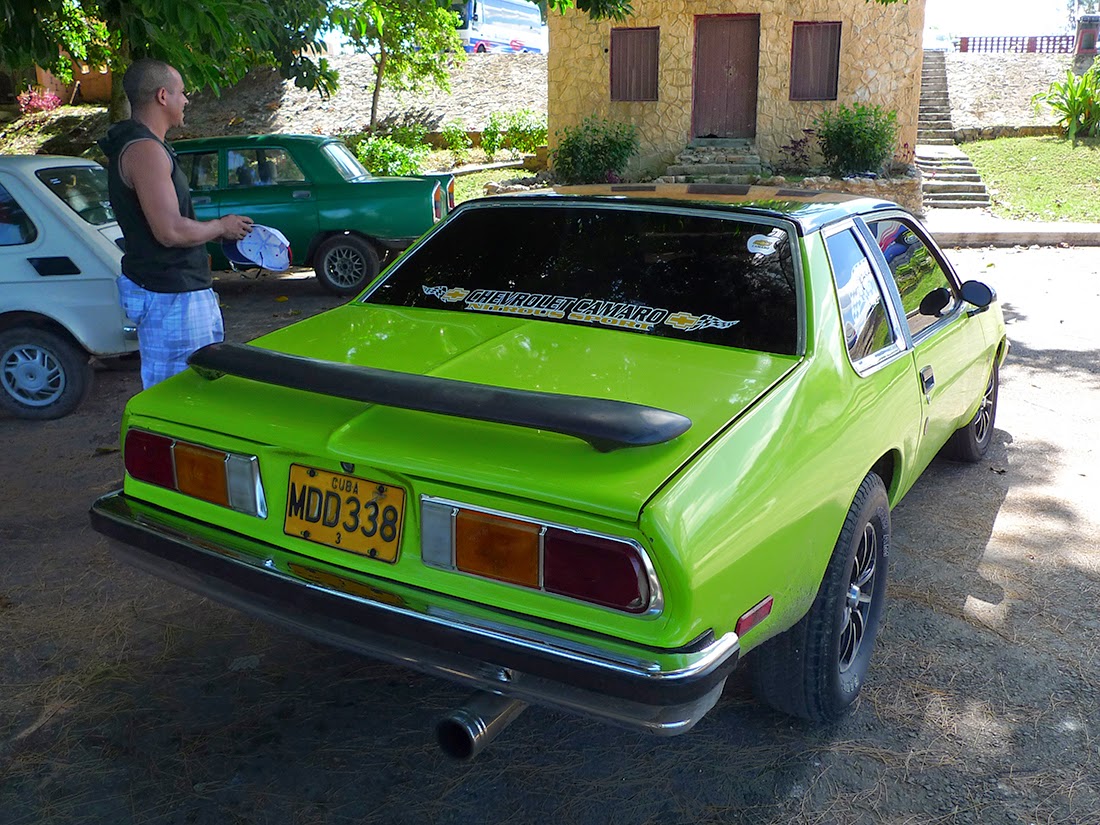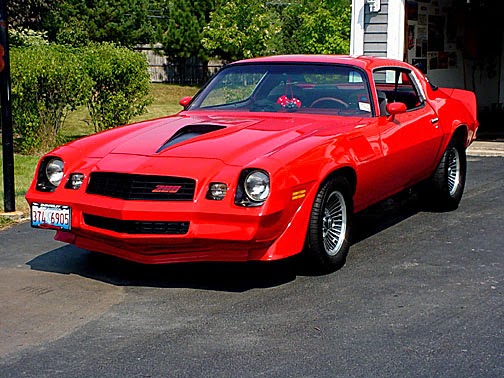![]() |
| Looking for a former daily rental Peugeot 206 for the equivalent of $85,000 U.S.? We've got 'em! |
Manuel here, or as they call me at the lot, Manny the Moneymaker, because NOBODY sells cars in Havana like me.
You may have heard that we're offering some unbelievable prices on our new and late-model stock, and I'm here to tell you,
amigo, that it's true! Even the BBC is
talking about it!
I can put you into, for instance, a 2008 Suzuki Jimney – and hey, that's the way they spell it – lightly driven by elderly tourists on Cuba Safari excursions – for 69,150 CUC. That's the equivalent of $73,545 Cdn., in case you've been saving all those loonie and toonie tips.
Not for you? How about a 2008 Citroën C3 compact hatchback – so international, so sophisticated – for 46,000 CUC? On a budget? I've got a 2010 Hyundai tucked away – and
hombre, that's almost new – for 29,250 CUC. Just don't tell the
hermanos jefe!
Told you. Unbelievable.
Of course, I know some of you, OK all of you, expected even better prices when the government decided to let every citizen – not just permit-holders – buy from state dealerships. Seems you're finding the 85,000-CUC sticker on a 2010 Peugeot 206 –
très chic, my man – hard to swallow.
But remember, it's supply and demand. Cuba style. I control the supply, so I am de mand! (Manny, get it?)
And for those suggesting we came up with these prices after too much
ron – and could there be such a thing? – let me set you straight. We based these figures on careful observation of international currency transfers.
In other words, if you need a little help to take home one of these beauties, don't hesitate to call on your Miami relatives. You know, the rich guys.
But don't delay, because these crazy prices JUST CAN'T LAST!
